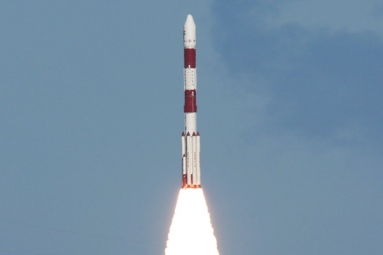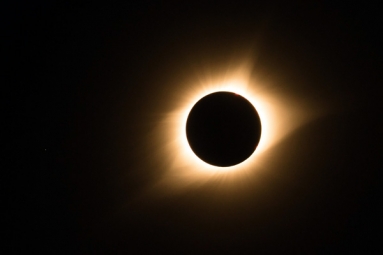
(Image source from: SciTechDaily)
The heaviest black holes in the vast garden of the universe that grew from seeds increased in size and heft to form the centers of the galaxies after getting nourished by the gas and dust they consumed or by merging with other dense objects. And no one has ever found these seeds up till now.
Black holes remain one of the most mysterious objects in outer space whose origins continue to puzzle scientists.
Though NASA (National Aeronautics and Space Administration) has found hundreds of black holes, none of them fit the bill to be seeded for supermassive black holes. Apart from NASA, scientists at other space agencies around the world have their telescopes trying to find intermediate black holes.
Formed as a result of exploding supernova, smaller black holes are only between 1 to 100 times the mass of the sun. In contrast, supermassive black holes serve as anchors of large galaxies. Sagittarius A, the milky way’s black hole is equivalent to around 4.1 million Suns.
 (Image source from: Phys.org)
(Image source from: Phys.org)
According to scientists, in the course of formative days of the universe, exploding was not as polluted with heavy elements. Therefore, a supernova explosion could result in an intermediate black hole because the only materials available were pure hydrogen and helium.
According to NASA, all of the intermediate black holes that had to blend may had to blend may have already completed the process. In order to locate them, it’s also possible that space technology needs a few more tweaks.
Since they don’t emit any light, either way locating a black hole in itself is a task. The only way black holes show up on specialized telescopes is when they’re feeding and the resulting energy emits light.
 (Image source from: Phys.org)
(Image source from: Phys.org)
As of now, HLX-1 is the only most promising candidate that NASA has. Discovered in 2009, the black hole has a mass of about 20,000 Suns with a cluster of young stars in its orbit.
By Sowmya Sangam










